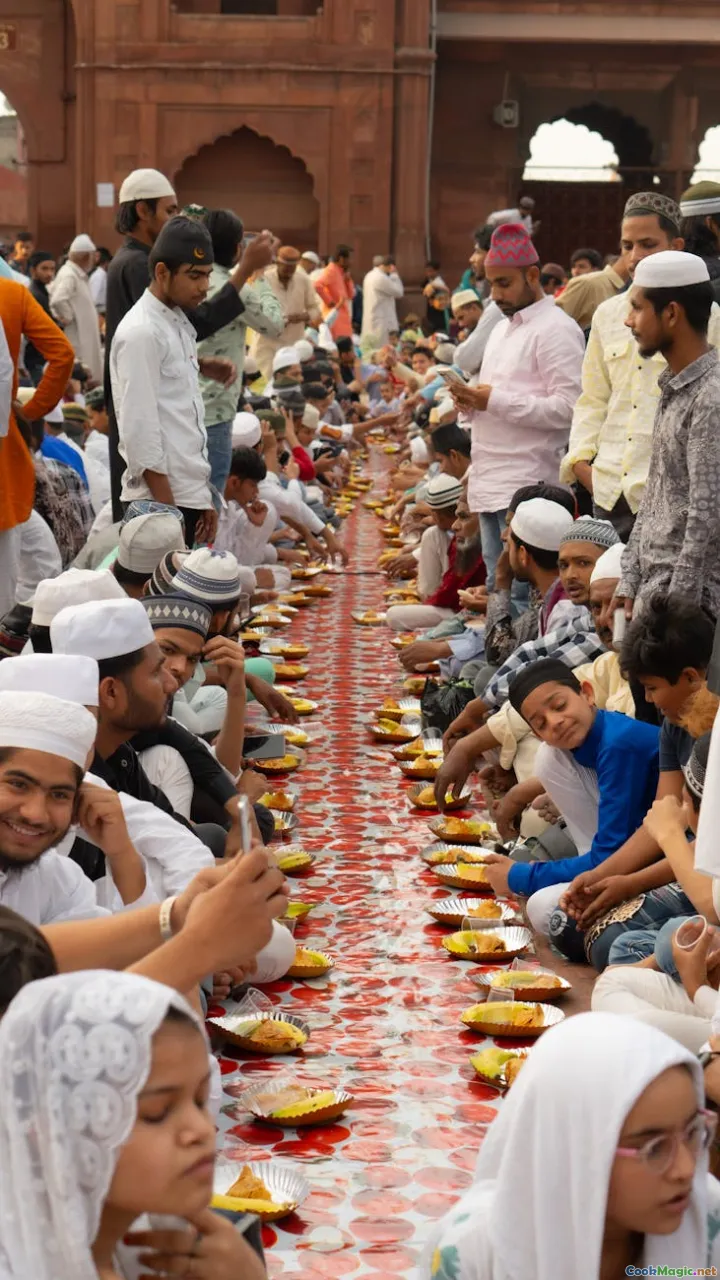The Etiquette Behind Sharing Mezze in Middle East
8 min read Explore the rich cultural traditions and unspoken rules of sharing mezze in the Middle East, revealing the social and sensory nuances behind this cherished dining practice. June 02, 2025 21:00
The Etiquette Behind Sharing Mezze in Middle East
Imagine the warm glow of a bustling Middle Eastern restaurant, where the aroma of freshly baked pita, fragrant herbs, and spiced oils envelops the air. Around the table, a vibrant mosaic of small dishes—hummus, baba ganoush, tabbouleh, falafel, and an array of pickles—are laid out for communal sharing. This is the enchanting world of mezze, a tradition that is as much about social connection as it is about flavor.
But beyond the delicious bites lies a tapestry of unspoken rules, cultural nuances, and deep-rooted customs that govern how mezze is shared and enjoyed. To truly appreciate this culinary tradition, one must understand the etiquette that transforms a simple meal into a meaningful social ritual.
The Cultural Significance of Mezze
Mezze, originating from the Persian word mazzeh meaning 'taste' or 'snack,' has evolved into a cornerstone of Middle Eastern hospitality and social life. It embodies the spirit of generosity, community, and conviviality that characterizes the region.
In many Middle Eastern cultures, sharing food is a profound gesture—an act of bonding, trust, and respect. Mezze is often served during family gatherings, celebrations, and even business meetings, reinforcing social ties and creating a sense of belonging.
The visual appeal of mezze—colorful, aromatic, and artfully arranged—also plays a vital role in its cultural allure. It invites participants to indulge not only their senses but also their social instincts.
The Social Dynamics and Unwritten Rules
1. The Role of the Host
Traditionally, the host holds the central role in mezze gatherings. They are responsible for preparing or selecting the dishes, setting the table, and ensuring everyone feels comfortable. It's customary for the host to serve the first taste, signaling the start of the feast.
2. The Sharing Philosophy
Unlike Western dining, where individual plates are common, mezze emphasizes communal eating. Dishes are placed at the center, and everyone is encouraged to reach in with their hands or utensils, fostering a sense of equality and intimacy.
3. Using Hands and Utensils
While utensils are available, it’s customary to eat many mezze dishes with the right hand—especially bread—symbolizing trust and connection. Using bread as a utensil to scoop hummus or dip into sauces is both practical and culturally significant.
4. Respecting the Food
In Middle Eastern culture, food is revered. It’s important to take only what you can consume, avoiding waste and showing appreciation for the effort involved in preparing the meal.
5. Passing and Serving
When passing dishes, it’s polite to pass them with the right hand, and to serve others before oneself, especially elders or guests. This act reflects respect and humility.
6. The Role of Alcohol and Toasts
In many Middle Eastern societies, alcohol may be present, but always with cultural sensitivity. Toasts are common, often accompanied by phrases like "Bismillah" (In the name of God) or "Salud," emphasizing gratitude and good wishes.
The Rituals of Sharing
The First Bite
The first morsel is often offered to the most honored guest or elder, symbolizing respect and welcoming. This gesture signifies that the food is prepared with love and care.
Serving Others
Passing dishes around, offering refills, and encouraging others to try new flavors exemplify hospitality. It’s customary to wait for the host’s signal before beginning to eat.
Compliments and Appreciation
Complimenting the host or the chef on the dishes is a common courtesy, fostering warmth and gratitude.
Personal Insights and Anecdotes
Having traveled extensively across the Middle East, I’ve witnessed firsthand how mealtime unfolds as a dance of gestures, glances, and shared smiles. I remember an evening in Beirut, where an extended family gathered around a low table laden with steaming dishes. The youngest son, with a mischievous grin, handed me a piece of warm flatbread, saying, "Eat with us. Food tastes better when shared." That simple act encapsulated the essence of mezze—an invitation to partake, connect, and celebrate.
In another instance, during a dinner in Istanbul, I observed how elders meticulously served their grandchildren first, a testament to respect and nurturing ingrained in the culture. These moments reveal that mezze is more than just food; it’s a living tradition that binds generations.
Sensory Experience: The Taste, Aroma, and Visuals
The allure of mezze lies in its vibrant sensory profile. Creamy hummus topped with a drizzle of golden olive oil, tangy sumac sprinkled on fresh tomatoes, the smoky aroma of grilled eggplant, and the crisp bite of fresh herbs—all create a symphony for the senses.
The textures vary—from silky dips to crunchy falafel, chewy flatbreads to tender kebabs—each adding depth to the communal experience. The visual appeal, with its colorful array and artistic presentation, enhances anticipation and enjoyment.
Conclusion: More Than a Meal
Sharing mezze in the Middle East is an art form—an intricate dance of etiquette, tradition, and human connection. It’s a celebration of hospitality, where every gesture and every dish tell a story of community, history, and love.
Next time you find yourself at a mezze table, remember that beyond the flavors, you are participating in a centuries-old ritual that embodies the soul of Middle Eastern culture. Embrace the unspoken rules, savor every bite, and let the experience transform a simple meal into a memorable moment of shared joy.
In essence, mezze is not just about food—it's about people, stories, and the timeless bonds that bring us together around the table.









